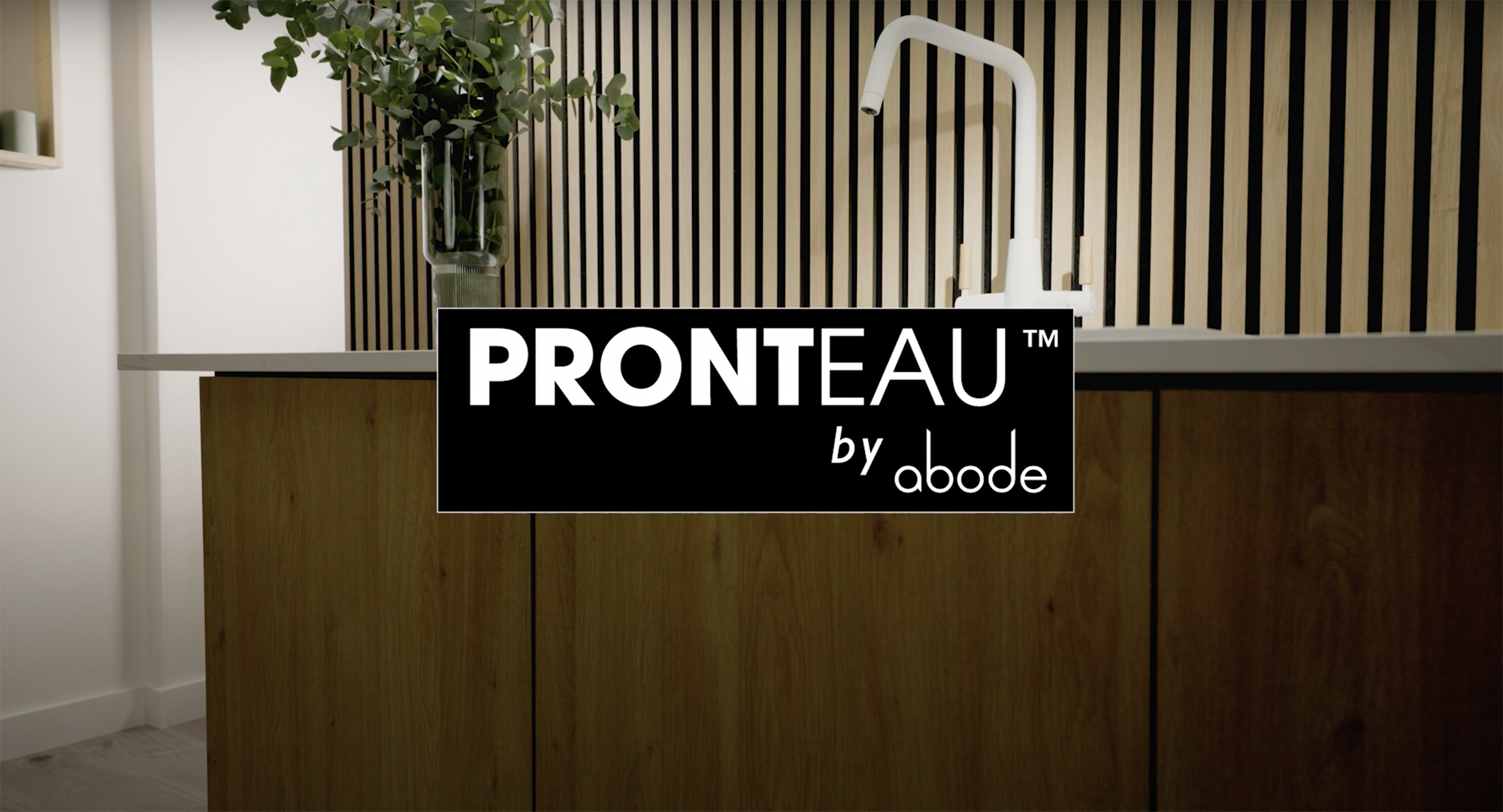If induction hobs are becoming mainstream, does that signal the end of premium-priced models?
If the phrase ‘less is more’ could be encompassed in one kitchen appliance, it would be the induction hob. This minimal hob may be simplistic in appearance but it’s packed with must-have technological benefits that consumers are craving from all appliances – speed, ease of use and money-saving. This, combined with greater accessibiity, as the technology moved downmarket, and It’s no surprise induction sales are growing three times faster than any other hob, according to Zanussi.
Domino and Panoramic
The most popular induction hob is the four zone 600mm model, as experts suggest it offers a like-for-like replacement for a typical cut-out. But while the 600mm may be the most common sale, there are a variety of induction hobs on the market. In fact, the fastest-growing sales are among the domino and 700mm (and above) models. As Rita Balestrazzi of Baumatic says: “Induction is making its impact, not only in terms of value sales, but also in terms of volume sales, making it a threat at both ends of the hob cooking market.” She continues saying 300-400mm models satisfy the lower-end of the market: “Such domino models can be fitted next to standard-sized hobs to provide a secondary and alternative fuel type and a cost effective taste of induction.”
Sponsored Video
Flexible zone future
But aside from size, what differentiates one black glass induction surface from another, encouraging consumers to trade-up? While some manufacturers may look to the use of colour, introducing white, silver or coloured accent alternatives to the standard black, others have looked to technology, from touch sensitivity controls through to flexible hobs. And ‘flexibility’ is at the cutting-edge of top-end induction technology, with multi-zones and most recently zoneless hobs allowing for any shape or size of pan to be placed on the surface. Combine these with a power tracker that monitors the pan movement across the surface, should the position of the cookware need to be moved, to ensure no change in temperature, these induction hobs allows retailers to command premium prices. Wai San Hon of Rangemaster says: “The clever multi zone models are the latest to the market. They carry a price tag that will deter the mainstream market.”
Hybrid hobs
And joining the zoneless or flexible zone hobs in the upper echelons of premium-priced sales is the hybrid hob, offering gas and induction. Sales director of Caple, Danny Lay states: “I think in the future we will see the new combination induction and gas wok hobs taking the leads, particularly in luxury kitchen schemes, as they give the consumer the best of both worlds.”
Doubling share
Induction has made an irrevocable but hugely positive move into the hob market, and its full impact is still yet to be felt. Industry experts hint that we could be at the tip of an iceberg in induction hob sales. Senior category manager for built-in at Hotpoint, Darren Peake concludes: “The induction market is growing very quickly and now accounts for 10% of electric hob sales, and this has easily doubled over the last five years. We expect to see this market grow faster – doubling again in the next three to five years.”
The full article appeared in the combined July/August 2013 issue of Kitchens & Bathrooms News



